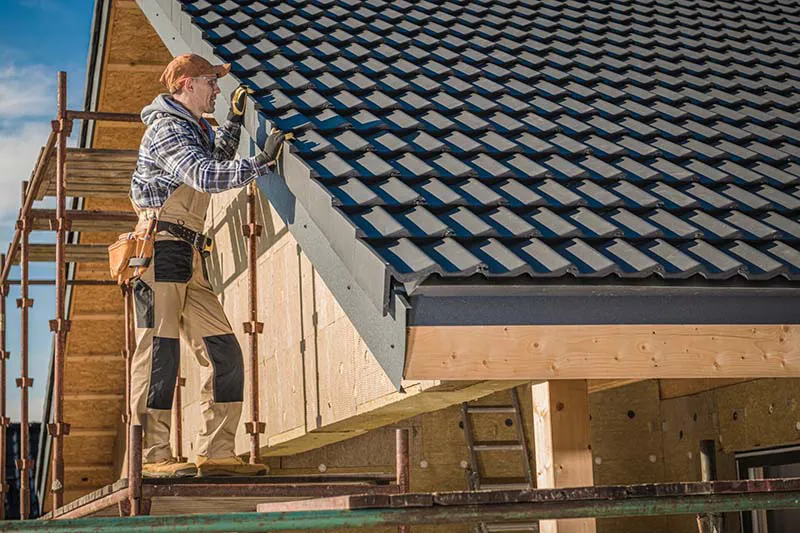Roof sagging is a prevalent concern among homeowners, and it’s crucial to address it promptly. A sagging roof can lead to severe consequences, including potential collapse, which can result in extensive interior damage. This guide will delve deep into the causes, dangers, and solutions for a sagging roof.
Causes of Roof Sagging
Understanding the root causes of a sagging roof can help in its early detection and prevention.
Excessive Weight
One of the primary reasons for a roof to sag is the accumulation of excessive weight. This can be due to snow, ice, or debris like fallen branches.
Water Damage
Snow and ice, apart from adding weight, can lead to water damage. This weakens the roofing materials and the underlying structure, causing the roof to sag.
Clogged Gutters
Gutters filled with debris can cause water to pool on the roof’s edge. This water can then seep into the roofing materials, leading to sagging.
Structural and Foundation Issues
A compromised foundation can cause the entire house to shift, leading to a sagging roof. Similarly, structural issues like poor design, age, or use of subpar materials can also result in a sagging roof.
Poor Ventilation
Roofs require proper ventilation to prevent humidity buildup. Trapped humidity can damage the roof’s structure, leading to sagging.
Multiple Roofing Layers
Adding new layers of roofing over existing ones can put additional weight on the structure, causing it to sag.
Dangers of a Sagging Roof
A sagging roof is not just an aesthetic concern; it poses several risks:
- Potential Collapse: A severely sagging roof can collapse, posing a danger to inhabitants.
- Water Damage: Cracks in a sagging roof can allow water to seep in, leading to mold growth and structural damage.
- Increased Utility Bills: A compromised roof can affect the home’s insulation, leading to higher energy bills.
- Decreased Property Value: A sagging roof can significantly reduce a property’s market value.
Addressing the Issue
Identifying the Cause
The first step in fixing a sagging roof is identifying its cause. Whether it’s due to water damage, structural issues, or excessive weight, pinpointing the reason is crucial.
Professional Repairs
Once the cause is identified, it’s essential to consult with a professional roofing service in Fort Collins CO. They can provide the necessary repairs, whether it’s reinforcing the structure, replacing damaged sections, or addressing foundational issues.
Regular Maintenance
To prevent future sagging, regular maintenance is crucial. This includes cleaning gutters, ensuring proper ventilation, and regular roof inspections.
Cost Implications
Repairing a sagging roof can be an expensive affair, with costs ranging between $700 to $2000 or more, depending on the extent of the damage. However, timely repairs can prevent more extensive damage and higher costs in the long run.
Insurance Coverage
While some insurance policies might cover damage caused by external factors like storms, everyday wear and tear or neglect, such as clogged gutters, are typically not covered. It’s advisable to consult with your insurance provider to understand your coverage.
Prevention Tips
- Regular Maintenance: Ensure gutters are clean and the roof is free from debris.
- Avoid Excessive Weight: Refrain from adding multiple layers to the roof.
- Regular Inspections: Schedule regular roof inspections to detect early signs of sagging.
Conclusion
Roof sagging is a serious issue that requires immediate attention. By understanding its causes and potential dangers, homeowners can take proactive measures to prevent it. If you’re facing roofing concerns, The Roofing Center, one of the leading Fort Collins roofing companies, is here to assist. With our expertise in roofing in Fort Collins, we ensure your home remains safe and protected.
>







